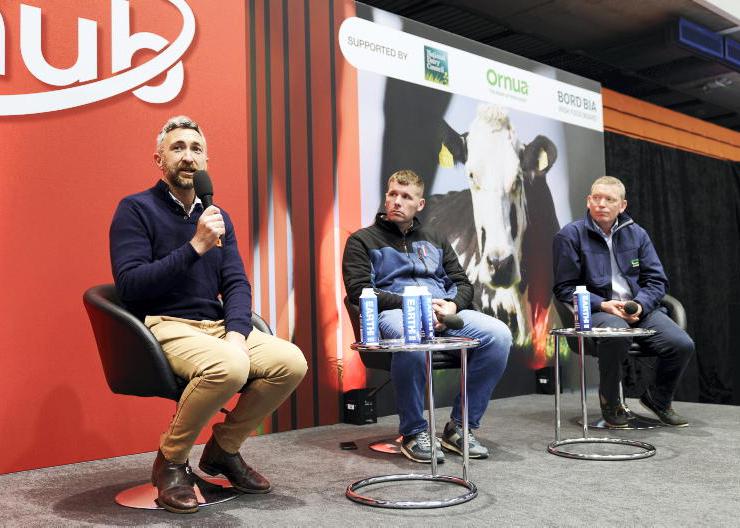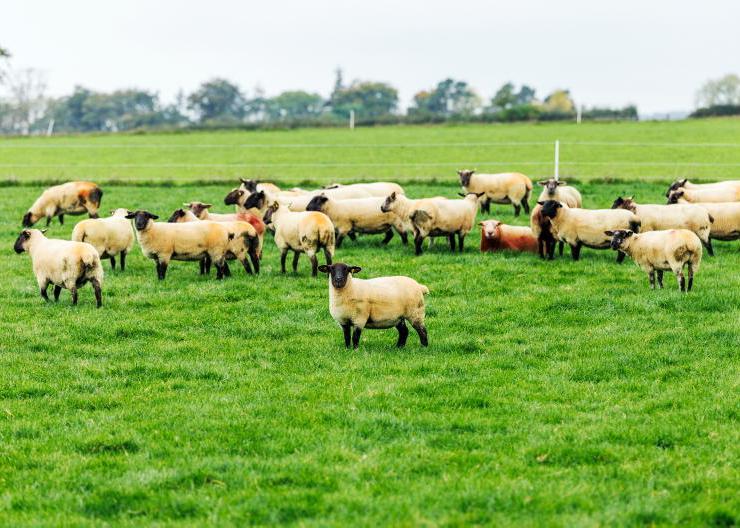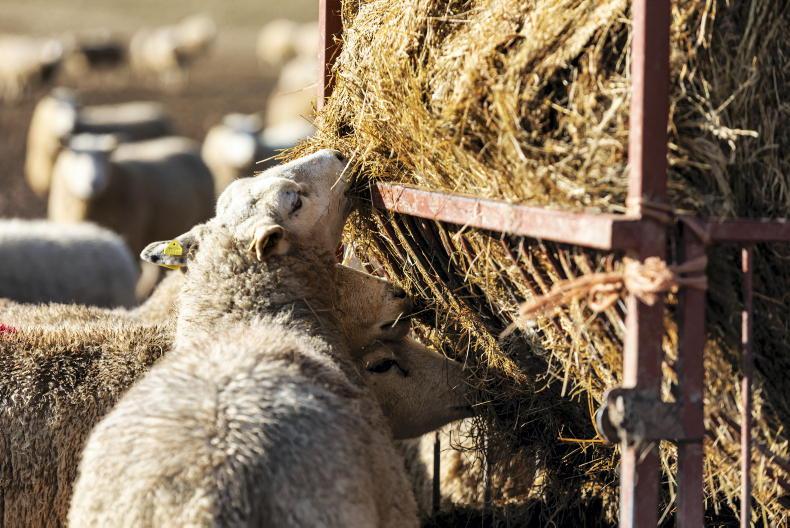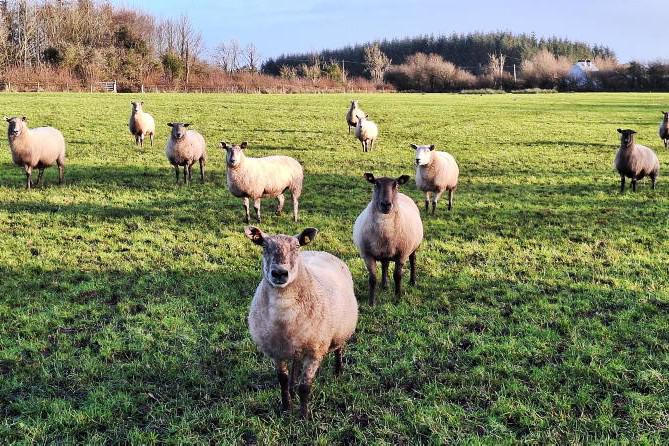Fly activity
Watch out for cases of summer mastitis over the coming weeks. If the problem is detected early and treatment given in time, it can be sorted quite successfully. However, it can be easily missed too, as these stock groups often do not get the same attention as spring cows or growing cattle. Summer mastitis is less common in spring-calving cows, as the calf is sucking the cow regularly, but can occur in late-calving cows where claves are unable to suck all four quarters and mastitis develops. Particularly high-risk areas are those with trees, close to water or have plenty of shelter from hedges, as this will attract flies. Prevention is better than cure. Treating cows with a pour-on insecticide can help prevent the problem, but the cover period varies with different products. As the peak risk period is normally in late July and August, cows may need a second treatment. Applying tar can work, but that’s less practical as it needs to be reapplied every three to four days. Cows with summer mastitis will have a swelled udder and flies around the teat. The swollen udder causes discomfort to the animal, which results in stiffness and lameness when walking. Cows generally develop a temperature, become isolated and dull in appearance. When drawing a quarter, the characteristic thick, clotted secretion is present. If an antibiotic tube is being used to treat an infected quarter, make sure you clean the teat and use a glove. Good hygiene and preventing further infection is very important.
Grass quality
Grazing fields are heading out on many farms and grass has become stemmy. This grass has a lot lower feeding value and will just keep animals full, but they won’t put on weight. Topping will be necessary to get these fields back into quality grazing. Make sure to cut low enough; a disc mower is the ideal machine for the job. Topping too high will only increase the amount of stem in the sward and will serve no purpose. Spreading some nitrogen will help maintain leaf in the sward. If grass is getting ahead of stock, close up more ground for silage. Take action early and it will be available for grazing again in two to three weeks. From the beginning of August, attention should turn to building grass supplies ahead of a growth dip in autumn. As second-cut silage ground comes into the grazing plan, this lowers the stocking rate and allows higher covers of grass and more days ahead of stock coming into autumn.
Spraying docks:
Fields that were cut for silage four to five weeks ago are now at an ideal stage for spraying for docks. Leaving them to spray until a seed head is produced will not get an effective kill. Spraying may check grass a little, so take care if grass is in short supply. Spraying in the morning or late evening and avoiding very sunny conditions will help herbicide uptake. Take care to read the product label and apply the correct rate per hectare. Make sure you have your sprayer course completed and the sprayer has been tested as fit for use.










SHARING OPTIONS